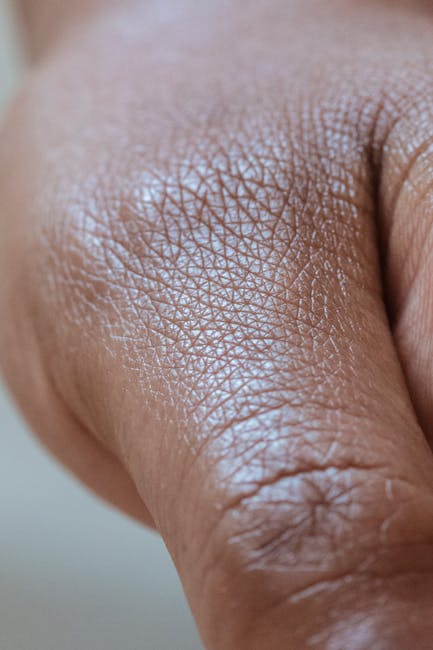Affected Organs: Which Body Organs Does Mesothelioma Mainly Impact?
Mesothelioma is a word that can send chills down anyone’s spine. It’s a rare but aggressive form of cancer, often linked to asbestos exposure. But have you ever wondered which organs it affects the most? Understanding this can be crucial for early detection and treatment. So, let’s dive in! 🚀
Table of Contents
1. What is Mesothelioma?
2. Primary Organs Affected by Mesothelioma
– Pleural Mesothelioma: The Lungs
– Peritoneal Mesothelioma: The Abdomen
– Pericardial Mesothelioma: The Heart
– Testicular Mesothelioma: Rare Occurrences
3. Conclusion
4. FAQ
What is Mesothelioma?
Before we get into the nitty-gritty, let’s clarify what mesothelioma is. Essentially, it’s a type of cancer that occurs in the thin layer of tissue covering most of your internal organs, called the mesothelium. This disease is insidious, often lying dormant for decades until symptoms appear, making early detection a challenge.
Primary Organs Affected by Mesothelioma
Mesothelioma can manifest in various parts of the body. The classification depends on the affected area of the mesothelium. Let’s explore the major types:
Pleural Mesothelioma: The Lungs 🫁
Pleural mesothelioma is the most common form, accounting for about 75% of all cases. It affects the pleura, the lining around the lungs. Symptoms often include chest pain, coughing, and shortness of breath. Asbestos fibers, once inhaled, can lodge in the pleura and, over time, lead to cancerous growths.
Peritoneal Mesothelioma: The Abdomen 🍲
Next up is peritoneal mesothelioma, which impacts the peritoneum, the lining of the abdomen. This type constitutes about 20% of cases. Symptoms might include abdominal pain, swelling, and unexplained weight loss. It’s believed that asbestos fibers reach the abdominal lining either through ingestion or the lymphatic system.
Pericardial Mesothelioma: The Heart ❤️
Although rare, pericardial mesothelioma affects the pericardium, the lining around the heart. Symptoms can mimic other heart conditions, making it difficult to diagnose. Patients might experience heart palpitations or chest pain. This type accounts for about 1% of cases, highlighting its rarity.
Testicular Mesothelioma: Rare Occurrences 🏐
The rarest form is testicular mesothelioma, affecting the tunica vaginalis, the lining around the testicles. Symptoms often include swelling or lumps in the testicular area. Given its rarity, diagnosis and treatment approaches are less defined than other types.
Conclusion
Mesothelioma is a complex and challenging disease, primarily affecting the lungs, abdomen, heart, and, on rare occasions, the testicles. Awareness of the affected organs can aid in early detection, potentially improving prognosis. If you or a loved one might be at risk, consulting with a healthcare professional is vital. Stay informed, stay healthy! 🌟
FAQ
Q1: How is mesothelioma diagnosed?
A1: Diagnosis typically involves imaging scans, biopsies, and blood tests. Early consultation with a medical expert is crucial if you suspect exposure to asbestos.
Q2: Are there treatment options available for mesothelioma?
A2: Yes, treatment options include surgery, chemotherapy, and radiation therapy. The best approach depends on the stage and location of the cancer.
Q3: What are the early symptoms of mesothelioma?
A3: Early symptoms can vary but commonly include chest or abdominal pain, coughing, and unexplained weight loss. It’s essential to get checked if you have a history of asbestos exposure.
Q4: Is mesothelioma hereditary?
A4: Mesothelioma is not considered hereditary. However, genetics can play a role in an individual’s susceptibility to asbestos-related diseases.
Q5: Can lifestyle changes help prevent mesothelioma?
A5: While lifestyle changes alone can’t prevent mesothelioma, avoiding asbestos exposure and maintaining regular health check-ups can significantly reduce risk.


